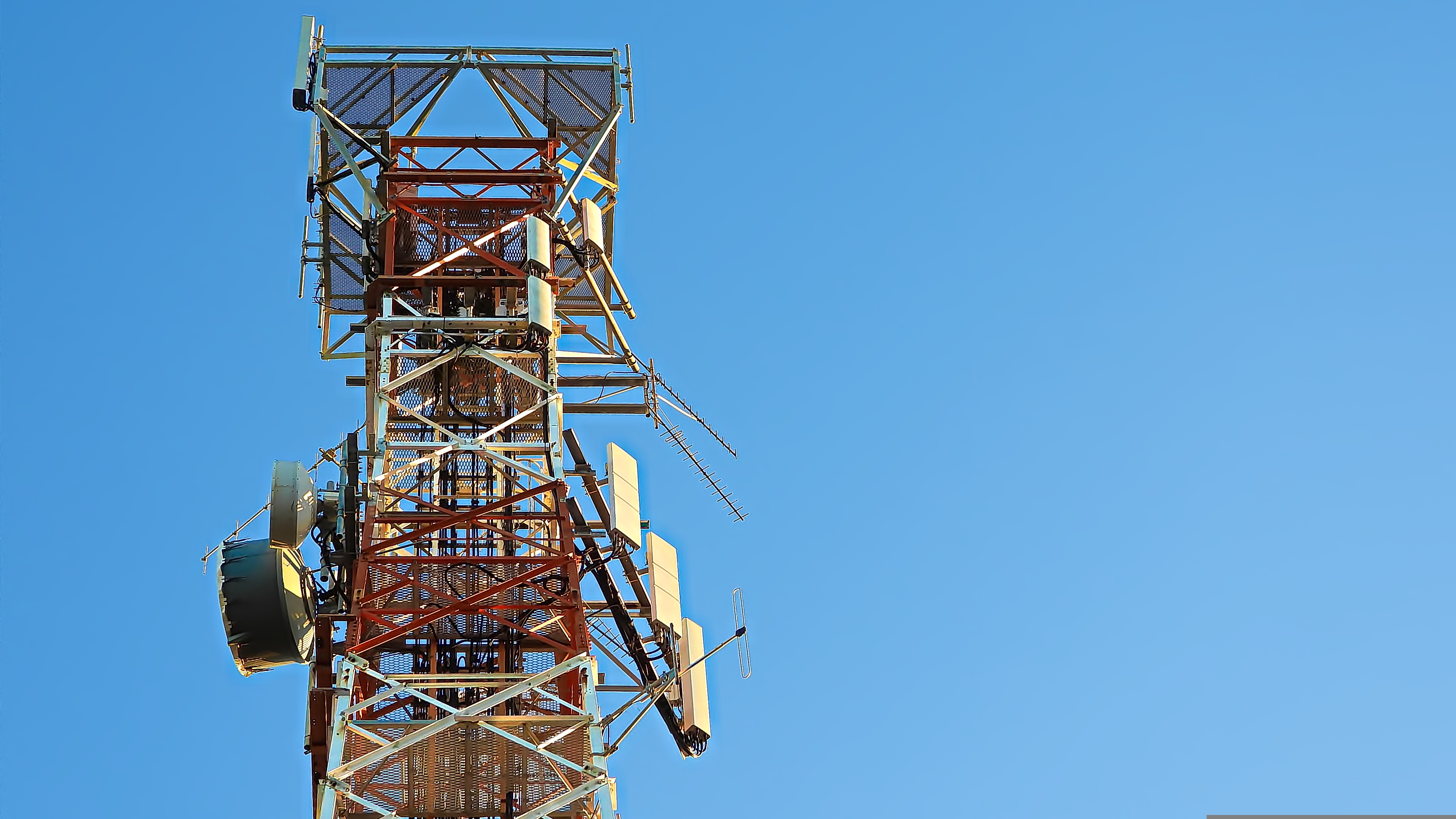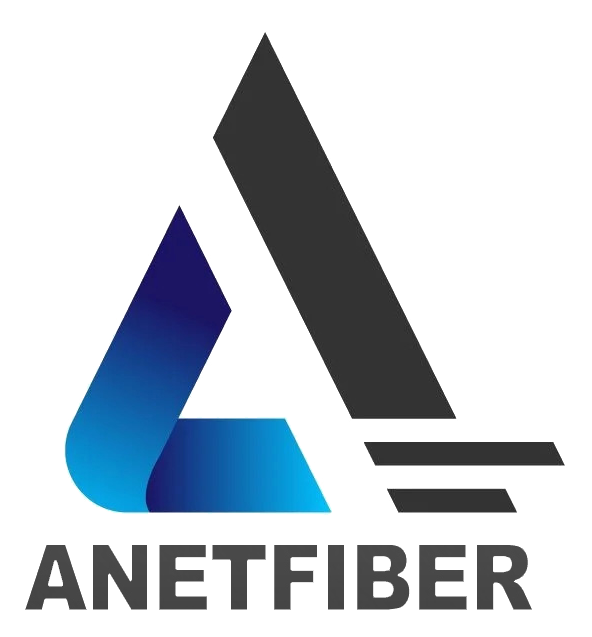How to Safely Navigate Cable Routing and Termination Techniques in Fiber Optic Installation

Introduction to Fiber Optic Installation
In today's rapidly advancing technological landscape, the demand for high-speed and reliable internet connectivity has surged. Fiber optic technology has emerged as a crucial solution to meet this growing need. Its ability to transmit data at incredibly high speeds over long distances makes it an indispensable component of modern communication networks.
The Importance of Fiber Optic in Today's World
The widespread adoption of fiber optic technology has revolutionized various industries, including telecommunications, healthcare, and finance. It serves as the backbone of internet infrastructure, enabling seamless data transmission and supporting bandwidth-intensive applications. As businesses increasingly rely on cloud-based services and real-time data analytics, the role of fiber optic technology becomes even more pivotal.
Overview of Installation Process
The installation process of fiber optic networks involves meticulous planning, precise execution, and adherence to industry standards. From laying the groundwork for cable routing to mastering termination techniques, every step is critical to ensuring optimal network performance. Proper installation not only guarantees efficient data transmission but also minimizes maintenance requirements in the long run.
Understanding Cable Routing in Fiber Optic Installation
As the backbone of modern communication networks, fiber optic technology relies heavily on efficient cable routing to ensure seamless data transmission. Understanding the basics of cable routing and employing effective techniques are essential steps in the installation process.
Basics of Cable Routing
What is Cable Routing?
Cable routing refers to the strategic planning and implementation of pathways for fiber optic cables within a network infrastructure. It involves determining the optimal routes for cables to minimize signal loss and potential interference, thereby maximizing network performance.
Key Considerations for Effective Cable Routing
When considering cable routing in fiber optic installation, several key factors come into play. These include the physical layout of the installation environment, potential obstacles or obstructions, and the need to maintain proper bend radii to prevent signal degradation. Additionally, considerations such as future scalability and accessibility for maintenance should also be taken into account.
Techniques for Efficient Cable Routing
Planning the Route
Effective cable routing begins with meticulous planning. This involves conducting a thorough assessment of the installation site to identify the most suitable pathways for fiber optic cables. Factors such as proximity to electrical equipment, environmental conditions, and existing network infrastructure must be carefully evaluated to determine the optimal route.
Avoiding Common Routing Mistakes
In order to ensure optimal network performance, it is crucial to avoid common mistakes that can compromise cable routing effectiveness. These include improper bundling of cables, sharp bends that exceed recommended bend radii, and inadequate protection from potential sources of electromagnetic interference. By adhering to industry best practices and standards, these common pitfalls can be mitigated.
Employing these techniques for efficient cable routing is fundamental in establishing a robust foundation for fiber optic networks. By prioritizing proper planning and avoiding common pitfalls, installers can optimize network performance while minimizing future maintenance requirements.
Mastering Termination Techniques in Fiber Optic Networks
Upon completing the cable routing phase, the next critical step in fiber optic installation is mastering termination techniques. This phase involves the precise and strategic process of connecting individual fibers to various network components, ensuring optimal signal transmission and network performance.
What Are Termination Techniques?
Definition and Importance
Fiber optic termination techniques encompass the methods and procedures used to terminate or connect individual optical fibers to connectors, splices, or other fiber optic components. This process is vital as it directly impacts signal integrity, network reliability, and overall system efficiency. Proper termination ensures minimal signal loss and maintains the desired level of data transmission quality.
Types of Termination Techniques
Several termination techniques are commonly employed in fiber optic networks, each suited for specific applications and environmental conditions. Some of the most prevalent techniques include fusion splicing, mechanical splicing, adhesive/polish connectors, and pre-polished/splice connectors. Each technique offers unique advantages and considerations based on factors such as installation environment, required durability, and ease of maintenance.
Step-by-Step Guide to Fiber Optic Termination
Preparing the Fiber Optic Cable
Before commencing the termination process, thorough preparation of the fiber optic cable is essential for achieving optimal results. This involves carefully stripping the protective outer layer of the cable to expose the individual fibers. Precision is crucial during this step to avoid damaging or contaminating the delicate glass fibers within.
Once exposed, each fiber must be meticulously cleaned to remove any debris or impurities that could compromise signal transmission. Specialized cleaning tools and solutions are utilized to ensure that each fiber's end face is pristine before proceeding with termination.
Executing the Termination Process
The actual termination process involves carefully aligning and fusing individual optical fibers with precision connectors or splices. Fusion splicing, for instance, requires advanced equipment to precisely align fiber ends before applying localized heat to fuse them together seamlessly.
Mechanical splicing, on the other hand, utilizes alignment fixtures and specialized gel materials to achieve a temporary connection between fibers without fusion. Adhesive/polish connectors involve securing prepared fibers into connector ferrules using adhesive compounds before polishing them for optimal light transmission.
Pre-polished/splice connectors streamline the termination process by integrating pre-polished fiber stubs within connector assemblies. These connectors eliminate the need for time-consuming field polishing while maintaining high-quality terminations.
Mastering these termination techniques is fundamental in ensuring reliable fiber optic networks capable of delivering high-speed data transmission across various industries.
Best Practices for Installing Fiber Optic Networks in Specific Industries
As the demand for high-speed and reliable internet connectivity continues to grow, the implementation of fiber optic networks has become increasingly prevalent across various industries. Each sector presents unique challenges and requirements, necessitating industry-specific guidelines for successful installation and operation.
Industry-Specific Installation Guidelines
Manufacturing Sector
In the manufacturing sector, the deployment of fiber optic networks plays a critical role in supporting advanced automation systems and real-time monitoring processes. To ensure seamless integration, installers must prioritize robust cable routing to accommodate machinery layout and dynamic production environments. Additionally, termination techniques should adhere to stringent standards to guarantee uninterrupted data transmission within the manufacturing facility.
Education Sector
The education sector relies heavily on efficient communication networks to support digital learning platforms and administrative operations. When implementing fiber optic installations in educational institutions, it is essential to consider factors such as scalability to accommodate future technology advancements and network expansion. Furthermore, adherence to industry-specific regulations regarding cable routing and termination techniques is crucial to maintain uninterrupted connectivity across campuses.
Government Sector
In the government sector, secure and reliable data transmission is paramount for various administrative functions, public safety initiatives, and citizen services. Installing fiber optic networks within government facilities demands meticulous planning to address security concerns and compliance with regulatory standards. Moreover, termination techniques must prioritize data integrity and resilience against potential cyber threats or external interference.
Detailed Guide on Best Practices for Installing Fiber Optic Networks in Specific Industries
Adapting to Industry Needs
Adapting fiber optic installation practices to specific industry needs requires a comprehensive understanding of each sector's operational requirements and technological dependencies. Installers must collaborate closely with industry stakeholders to tailor network designs that align with the unique demands of manufacturing processes, educational services, or governmental operations.
Case Studies and Examples
Examining successful case studies and examples of fiber optic installation within specific industries serves as a valuable source of insight for installers seeking best practices. By analyzing real-world scenarios where fiber optic networks have enhanced operational efficiency or facilitated technological advancements in diverse sectors, installers can glean practical strategies for overcoming industry-specific challenges.
Prioritizing Safety in Fiber Optic Installation
Ensuring safety during fiber optic installation is paramount to protect the well-being of installers and maintain the integrity of the network infrastructure. By prioritizing safety considerations, installers can mitigate potential hazards and create a secure working environment.
Safety Considerations During Installation
Personal Protective Equipment (PPE)
The use of appropriate personal protective equipment (PPE) is essential to safeguard installers against potential risks associated with fiber optic installation. This includes wearing safety goggles to protect the eyes from fiber shards, gloves to prevent skin irritation when handling cables, and specialized footwear to minimize the risk of tripping or slipping during installation activities.
Handling and Disposal of Fiber Optic Materials
Proper handling and disposal of fiber optic materials are critical aspects of ensuring a safe installation process. Installers must adhere to industry best practices for handling delicate fiber cables, avoiding unnecessary bending or twisting that could compromise their structural integrity. Additionally, the responsible disposal of unused or damaged fiber optic materials minimizes environmental impact and reduces the risk of accidental exposure.
Creating a Safe Working Environment
Training and Awareness
Equipping installers with comprehensive training on safety protocols and awareness of potential hazards is fundamental in creating a safe working environment. Training programs should cover proper handling techniques, emergency procedures, and the correct usage of PPE. Furthermore, fostering a culture of safety awareness among installation teams promotes proactive hazard identification and risk mitigation.
Emergency Procedures and Protocols
Establishing clear emergency procedures and protocols is crucial for effectively addressing unforeseen incidents during fiber optic installation. Installers must be well-versed in responding to emergencies such as cable damage, electrical hazards, or personal injuries. Regular drills and simulations can reinforce these protocols, ensuring that installers are prepared to handle emergencies competently.


